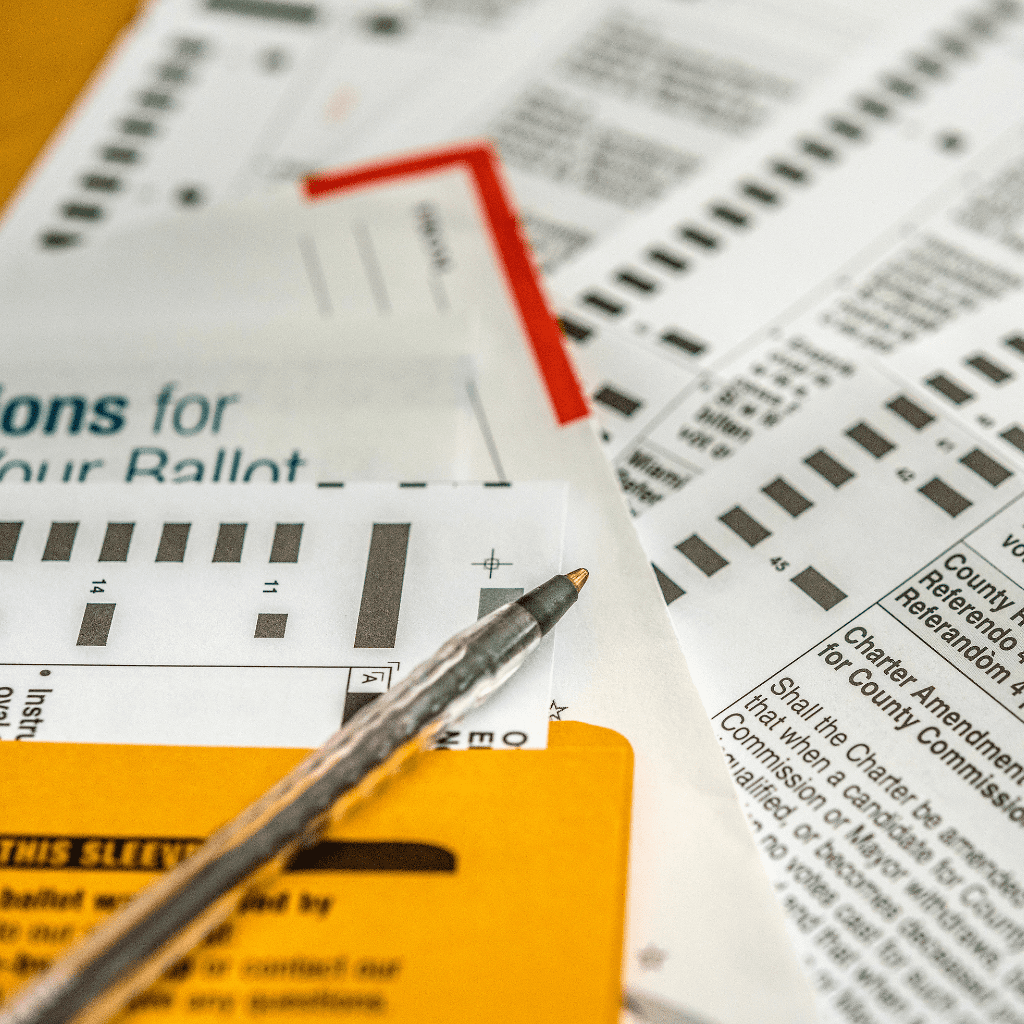ADVISORY: Election-Judge Duties Related to Duplicating, Tallying, and Tabulating Absentee Ballots
Dear Election Judges and Ballot-Board Members:
In our work to uphold election integrity in Minnesota, we have encountered situations in which counties and county ballot boards are either unaware of or are not abiding by their duties under Minnesota’s absentee balloting statutes.
One of these situations is the failure of counties to include party-balanced election judges in the absentee-ballot duplication, tallying, and tabulation process. Because Election Day 2022 is fast-approaching on November 8, we have put together this advisory to inform and educate any Minnesota ballot-board members as to what Minnesota law says on these matters.
- At least two party-balanced election judges must be present during absentee-ballot duplication and tallying beginning 7 days prior to Election Day.
Election Day is November 8, 2022. Seven (7) days before the election, on November 1, 2022, absentee ballot boards in Minnesota must begin opening sealed absentee ballot signature envelopes, inserting the ballots within those envelopes into a ballot box, “duplicating” spoiled ballots, and manually tallying ballots. These ballots cannot be counted until after the close of polls on Election Day.
As part of this process, Minn. Stat. § 203B.121, Subd. 4 requires:
After the close of business on the seventh day before the election, the ballots from secrecy envelopes within the signature envelopes marked “Accepted” may be opened, duplicated as needed in the manner provided in section 206.86, subdivision 5, initialed by the members of the ballot board, and deposited in the appropriate ballot box.
Minn. Stat. § 206.86, subd. 5 requires, in turn:
If a ballot card is damaged or defective so that it cannot be counted properly by the automatic tabulating equipment, a true duplicate copy must be made of the damaged ballot card in the presence of two judges not of the same major political party and must be substituted for the damaged ballot card….
Therefore, every absentee ballot board in Minnesota, in 2022, must have a Democrat and a Republican election judge present during the time the ballots are opened and deposited in the ballot box to conduct any duplication and ensure fairness and transparency when ballots are unsealed and deposited into the ballot box.
- Only party-balanced election judges may tally absentee ballots which cannot be counted by automatic tabulating equipment.
Minn. Stat. § 206.86, subd. 5 also requires:
If a ballot card is damaged or defective so that it cannot be counted properly by the automatic tabulating equipment, the ballot card must be tallied at the counting center by two judges not of the same major political party and the totals for all these ballot cards must be added to the totals for the respective precincts.
If an absentee ballot cannot be tabulated by the automatic tabulating equipment, then it must be “tallied” by a Democrat and a Republican election judge.
- Party-balanced election judges should be present during the tabulation process to observe the tabulation after the close of polls on Election Day.
Absentee ballot boards cannot start “tabulating” ballots—counting them to obtain election results using an electronic tabulator—until after close of the polls on Election Day. Any tabulation before the polls close on Election Day is illegal. Minn. Stat. § 203B.121, Subd. 5(b).
At that point, “the count shall be public.” Minn. Stat. § 203B.121, Subd. 5(b). Because the count must be public, just like with local precincts on Election Day, Republican and Democrat election judges may observe the count.
In addition, in “counting centers,” which include absentee-ballot-board counting locations by definition under Minnesota Statutes 206.56, subdivision 7, the law requires at least two party-balanced election judges be present to observe the count, as required under Minnesota Statutes 206.86, subdivision 3.
* * * * *
If you are a member of the absentee ballot board in your county and are concerned that your ballot board is not following these legal requirements, please contact Minnesota Voters Alliance at [email protected] or Upper Midwest Law Center at [email protected].
# # # # #
***EDIT: 8:35 PM, Oct. 28, 2022: UMLC contacted a number of jurisdictions asking whether they were in compliance with these laws based on reports from their constituents with information suggesting that they were not. UMLC has obtained, in response, information that should clarify one key issue: whether inserting ballots into a “tabulator” constitutes “counting.” According to the Minnesota Supreme Court, as long as the tabulator does not formally “count” the inserted ballots until after the close of polls on Election Day, they are not “counted” at that point in time. If jurisdictions insert ballots into a tabulator before Election Day, they must be configured so that they do not “count” the ballots until after the close of polls on Election Day.




